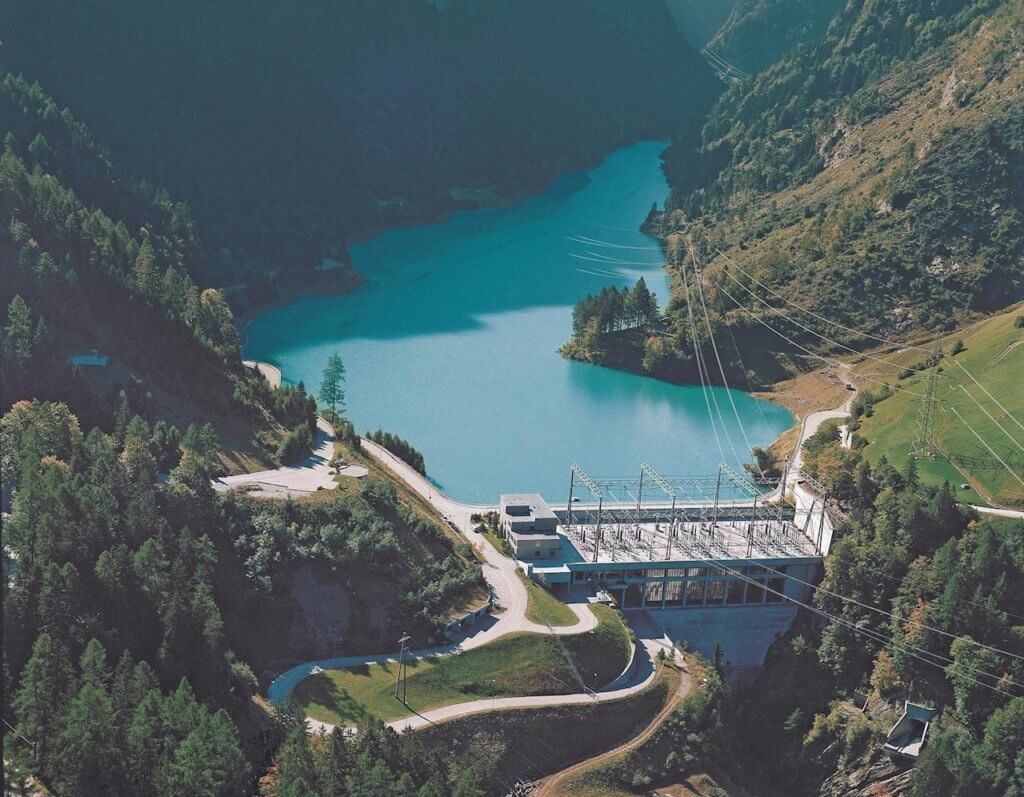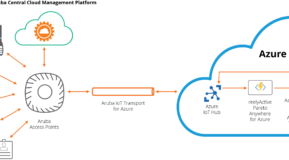The “new normal” hasn't arrived yet in many countries, because the first wave of Covid-19 is still going strong. We can already foresee what it will be like to work in a world where companies brace themselves for the impact of the next wave that may or may not come. We are also seeing factories set up contingency plans so that they can keep running regardless of who is there to run them. Processes are already being adapted to allow people to work from home, and service providers in the maintenance space are finding ways to provide their services without being allowed on-site. Because of these challenges, there are lively discussions about the need to invest in digital infrastructure, and much more. Changes will happen across the board, spanning from investments in robotics to new layouts of factory cafeterias.
IoT Monitoring has been around for a few years; it didn't spring out of Covid-19. But the role of IoT Monitoring in the industries will be significantly shaped by the “new normal.” As global product manager of the ABB Ability™ Smart Sensor platform, I see how the pandemic is messing with my product roadmap. We accelerated development of new features that are now urgently needed while delaying others that are less urgent, straining our resources in the process. Right now, the most urgent functionality for me is our joint development with Aruba, which will be very important for companies that want to adapt. However, in that case we were lucky, all the work had been done and the solution is ready for deployment.
We finished our software development at the beginning of 2020 and are now rolling it out to the first commercial customers. It means that our Smart Sensors can operate inside an Aruba infrastructure without any hassle to our common users. The Smart Sensor is an IoT Monitoring solution that consists of wireless sensors and cloud analytics. Aruba will not be directly visible to our users, but as you can imagine, the whole thing only works if the data can go from the sensor to the Aruba access points, and then to the ABB cloud. From there it goes to the user interfaces, either smart phone app, web portal, or the Smart Sensor cloud interface, i.e. via a REST API.

One of the pilot installations of ABB Ability™ Smart Sensors operating over Aruba infrastructure is being commissioned at Axpo, one of Switzerland’s largest producers of renewable energy and an international leader in energy trading. (Image source: ABB)
The bare-bones truth about current IoT Monitoring solutions is that we are not doing anything that couldn't be done before, at least not yet. Experienced maintenance engineers can listen to the noise from a bearing and tell you if it is healthy, and our ABB Ability™ Smart Sensor is basically doing the same thing, only easier and cheaper. Anybody who competes in the IoT Monitoring space has to make some strategic decisions, driven by the need to do it easier and cheaper. Our conundrum is that we must balance the energy-consumption of the sensor with the available power supply and the amount of data we need for meaningful analysis. We must get the lowest cost and best user experience when we choose between batteries or energy-harvesting hardware, between onboard analytics or raw data upload, or when we select the communication protocol. On top of all that, cybersecurity is our license to do business, without that we are nothing.
ABB uses Bluetooth Low Energy (BLE) as the communication protocol for our Smart Sensor. It provides enough bandwidth for analysis and firmware updates, as opposed to various low-power wide-area-network solutions, and it doesn't unreasonably reduce the lifetime of the batteries, as Wi-Fi would. BLE offers many hardware options, it is easy to get country certifications, and of course, we all have a Bluetooth device in our pocket. And very importantly, many IT departments in the industrial space dislike sensors that individually access the corporate Wi-Fi network. The downside of using Bluetooth is that rarely does anyone have a Bluetooth capable IT-infrastructure, so we have to provide Bluetooth gateways to our customers in addition to the sensors—unless the plant is using an Aruba wireless infrastructure.
In a plant using Aruba Wi-Fi, they just need an admin user to enable this functionality and then the access points will simply search for and find the sensors within their range and upload the data at regular intervals, e.g. once per day. Installation and commissioning of the sensors will be done with a simple smart phone app, independently of the access points, which is an important feature because one of the main benefits of IoT Monitoring is that it can be installed by anybody and without special training. This is especially useful in large plants with thousands of assets; the Bluetooth capable Aruba access points will take IoT Monitoring to a whole new level. The high-level zero trust security of an Aruba infrastructure and its ability to separate traffic, will also make this the preferred solution in many large plants.
At the HPE Discover Virtual Experience, my colleague Bernd Heisterkamp and I, will present the ABB Ability™ Smart Sensor platform and the benefits of using it inside an Aruba Infrastructure. We’ll talk about how we can all be ready for the “new normal.” ABB has also issued a press release on June 23 about our relationship with Aruba, a Hewlett Packard Enterprise company, so you’ll be able to get more information.
Hope to see you online at HPE Discover Virtual Experience!
Jonas




